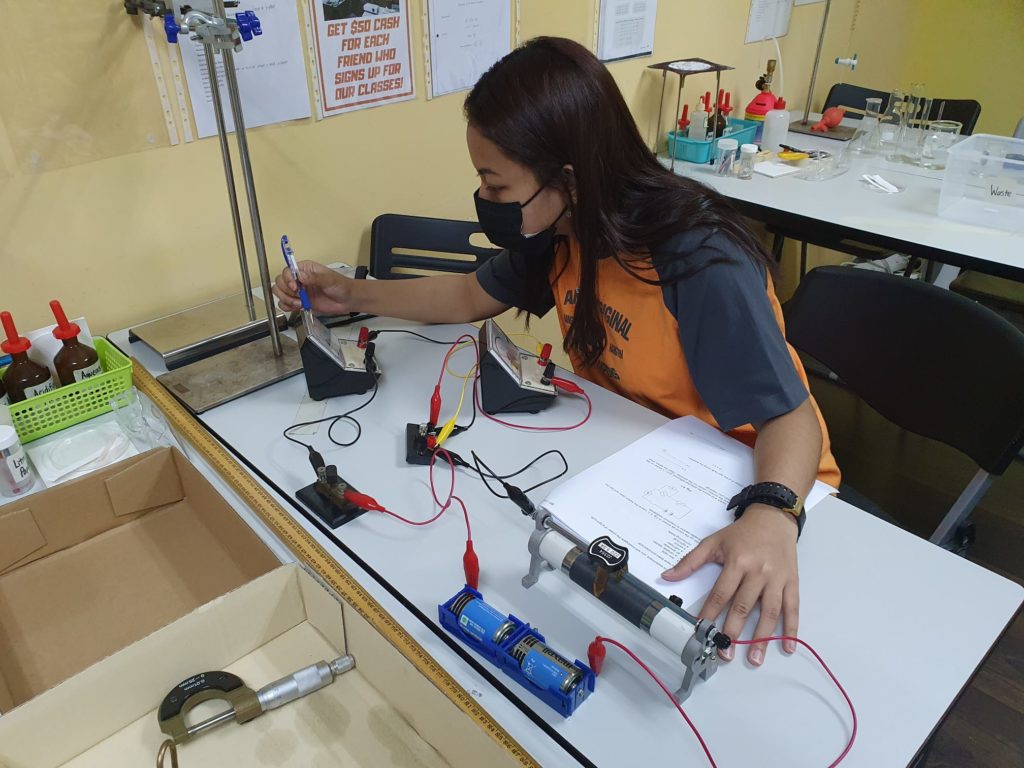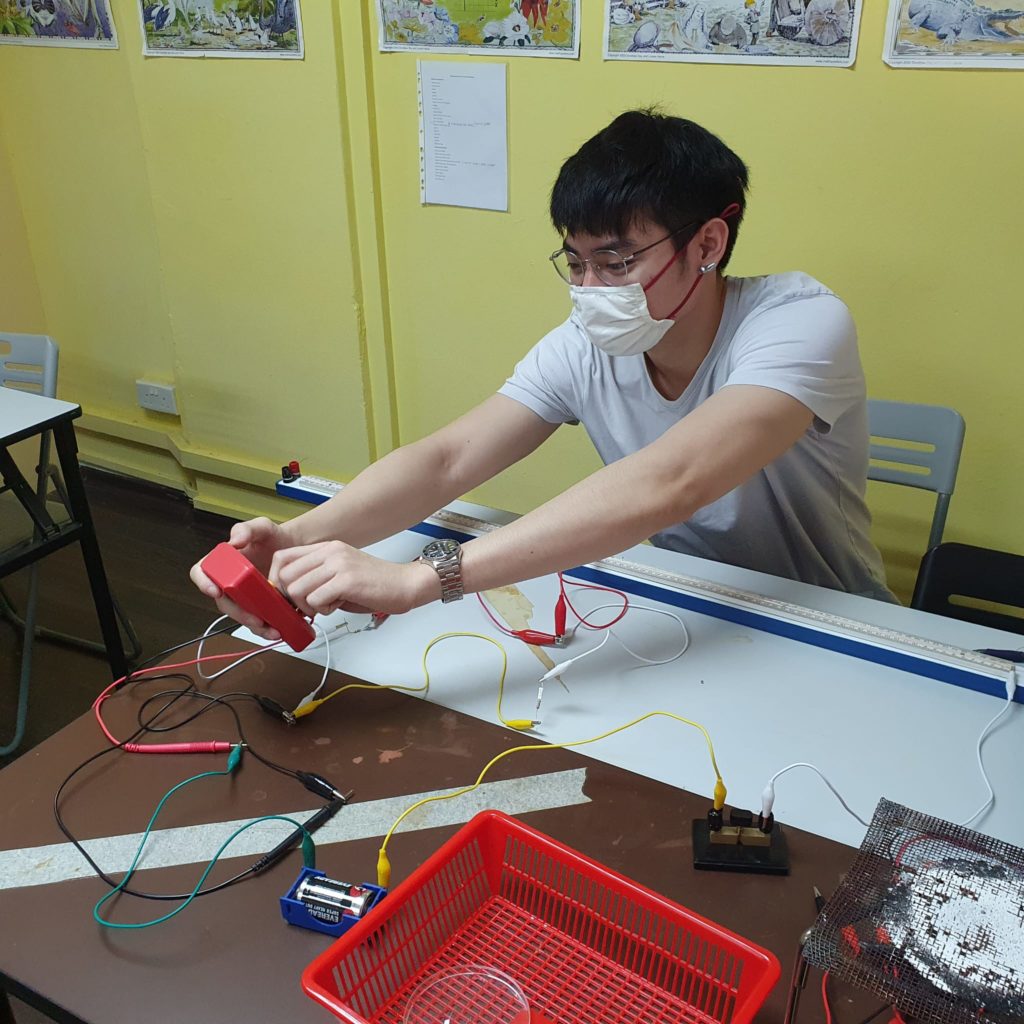| Key Ideas |
| 1. There are two types of electric charges: positive and negative charges.
2. Like charges repel, unlike charges attract. 3. Electric charge is measured in coulombs (C). 4. Electrostatic charging of insulators by friction involves a transfer of electrons. 5. Electrical insulators do not conduct electricity because they do not contain mobile charged particles. 6. Electrical conductors are able to conduct electricity because they contain mobile charged particles (electrons). 7. Electrical conductors can be charged by induction. 8. Electrical insulators that are charged can be neutralised (discharged) by heating or exposure to humid conditions. Electrical conductors that are charged can be neutralised by earthing. 9. During electrostatic charging and discharging, only electrons are transferred. 10. An electric field is a region in which an electric charge experiences an electric force. 11. The direction of the electric field is the direction of the force acting on a small positive charge placed in the field. 12. Some hazards of electrostatic charging are lightning, and electrostatic discharge near flammable substances. 13. Electrostatic charging is used in photocopiers, electrostatic precipitators to reduce air pollution, spray painting to produce an even coat of paint. |
IMPORTANT STUDY POINTS
| 1. | Be aware of the formula Q = nq to calculate the number (n) of charge carriers given the the charge (q) on one particle and the total amount of charge (Q). |
| 2. | As 1 C is a large amount of charge, must know how to use or convert units such as millicoulomb and microcoulomb. |
| 3. | Must know the difference between how insulators and conductors are charged, and how they are discharged, and be able to explain these processes only in terms of the transfer of electrons. |
| 4. | Must know the difference between what happens when an insulator touches a charged object and when a conductor touches a charged object. |
| 5. | Must know the correct sequence for producing two similarly charged conductors, two oppositely charged conductors and a single charged conductor. |
| 6. | Must be able to define electric field and draw electric field patterns. |
| 7. | Be able to describe the dangers of electrostatic charging. |
| 8. | Be able to describe how electrostatic charging is used in photocopiers, precipitators and spray painting. |
O-LEVEL PHYSICS PRACTICAL
O-LEVEL CHEMISTRY PRACTICAL
HOW TO BOOK A LAB SESSION:
(1) Decide which Program or Lab sessions you need or most suitable for.
(2) Whatsapp or Message our staff at 88765498 with your Name, Private or School Candidate, A or O level, Subject or Lab Name (e.g Lab PP2), Date and Time of Lab. (Our staff will then guide you on how to register and make payment. If you are not sure about the lab sessions, just state your Name and the Subjects and we will get back to you)
(3) Register Online by clicking below:
(4) Pay Registration fee of $50 via Paynow or funds transfer.
(5) Make the required payment for each lab session at least 7 days before the date of the lab session. (You may also pay for several sessions at one go to ensure that you will have a place in future slots)


